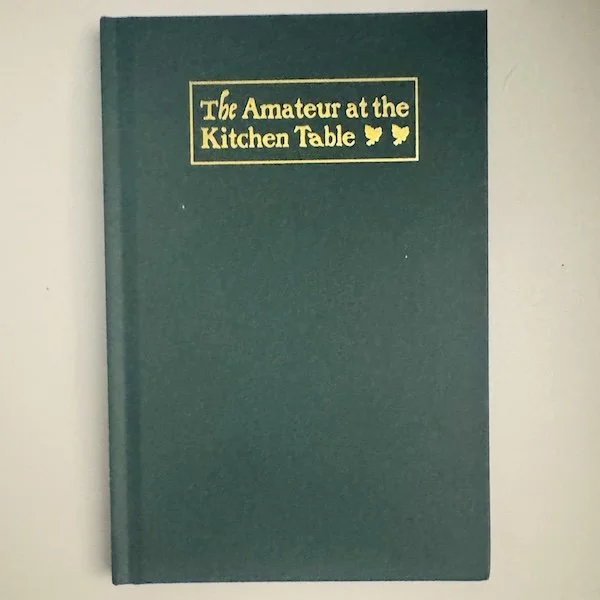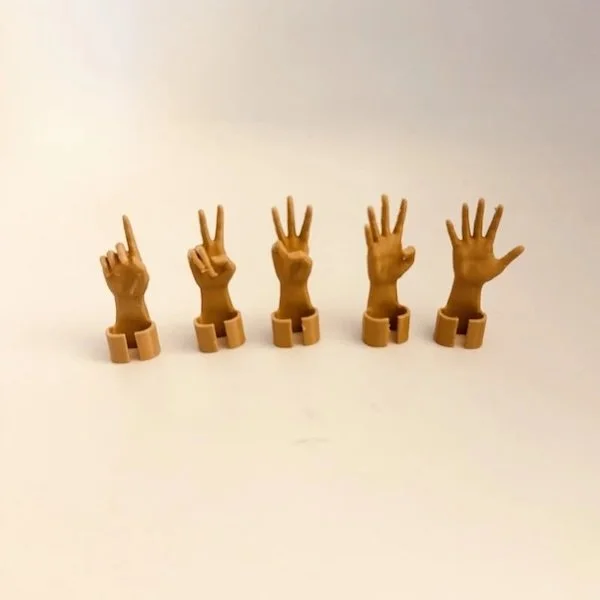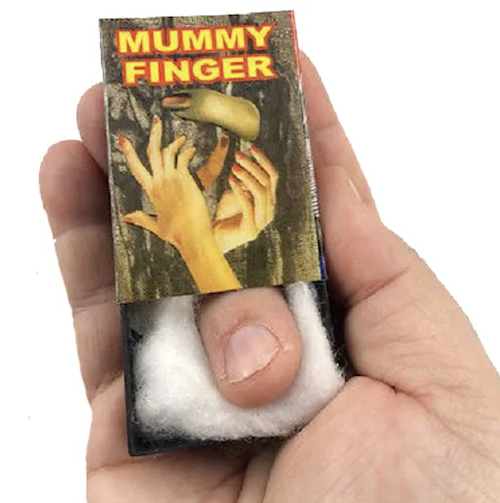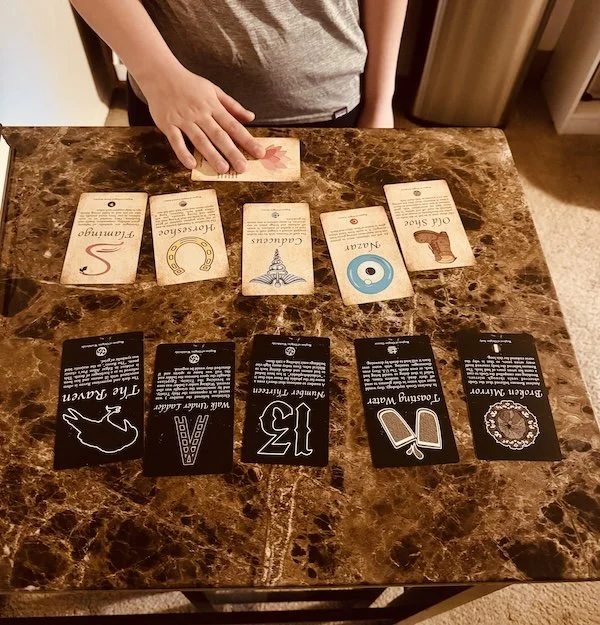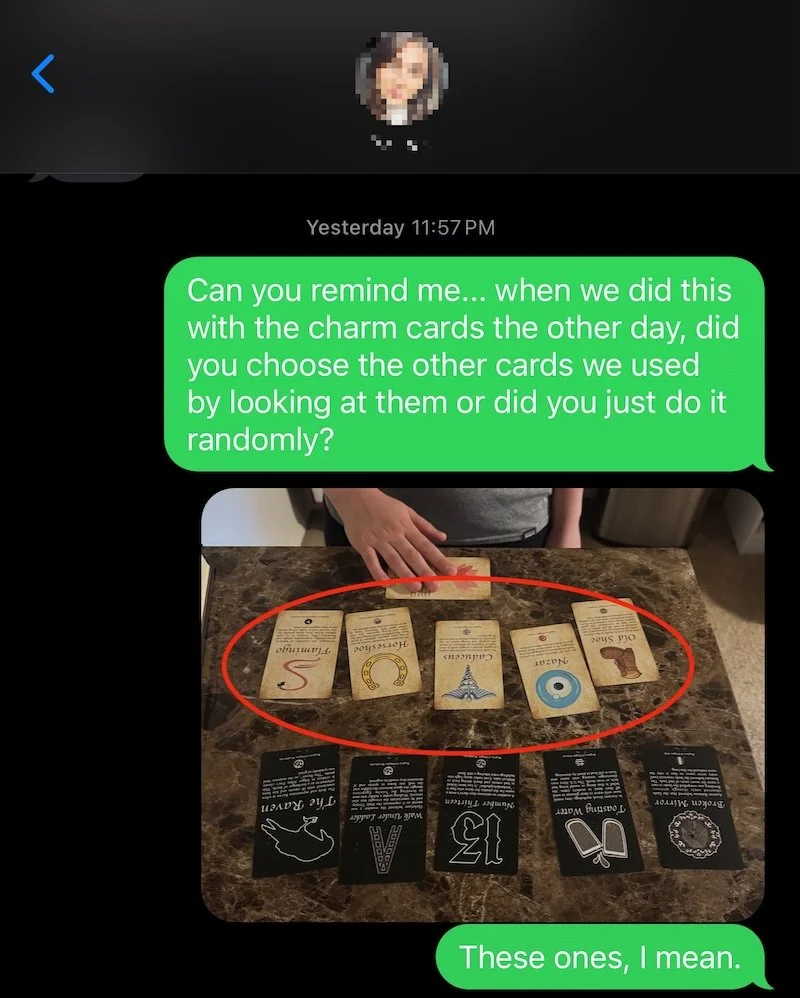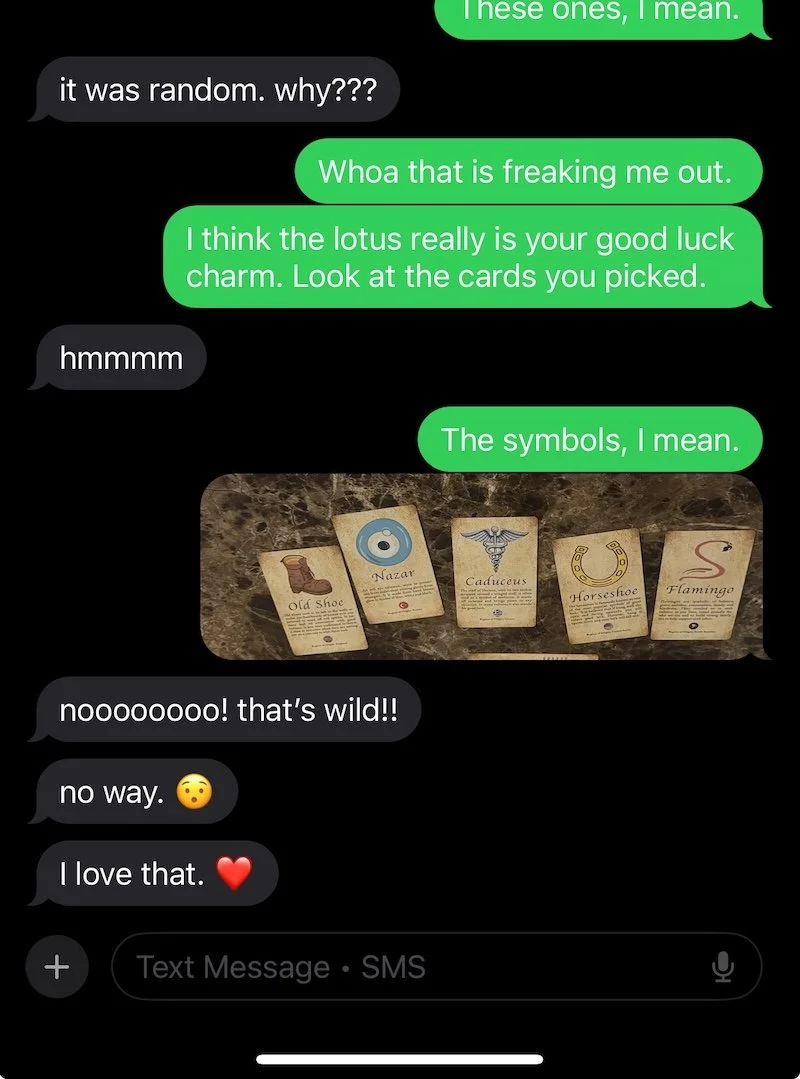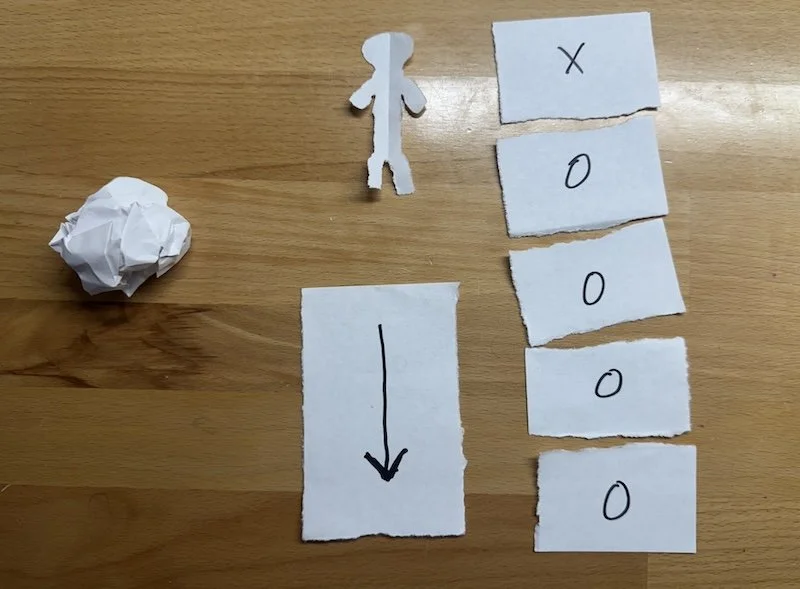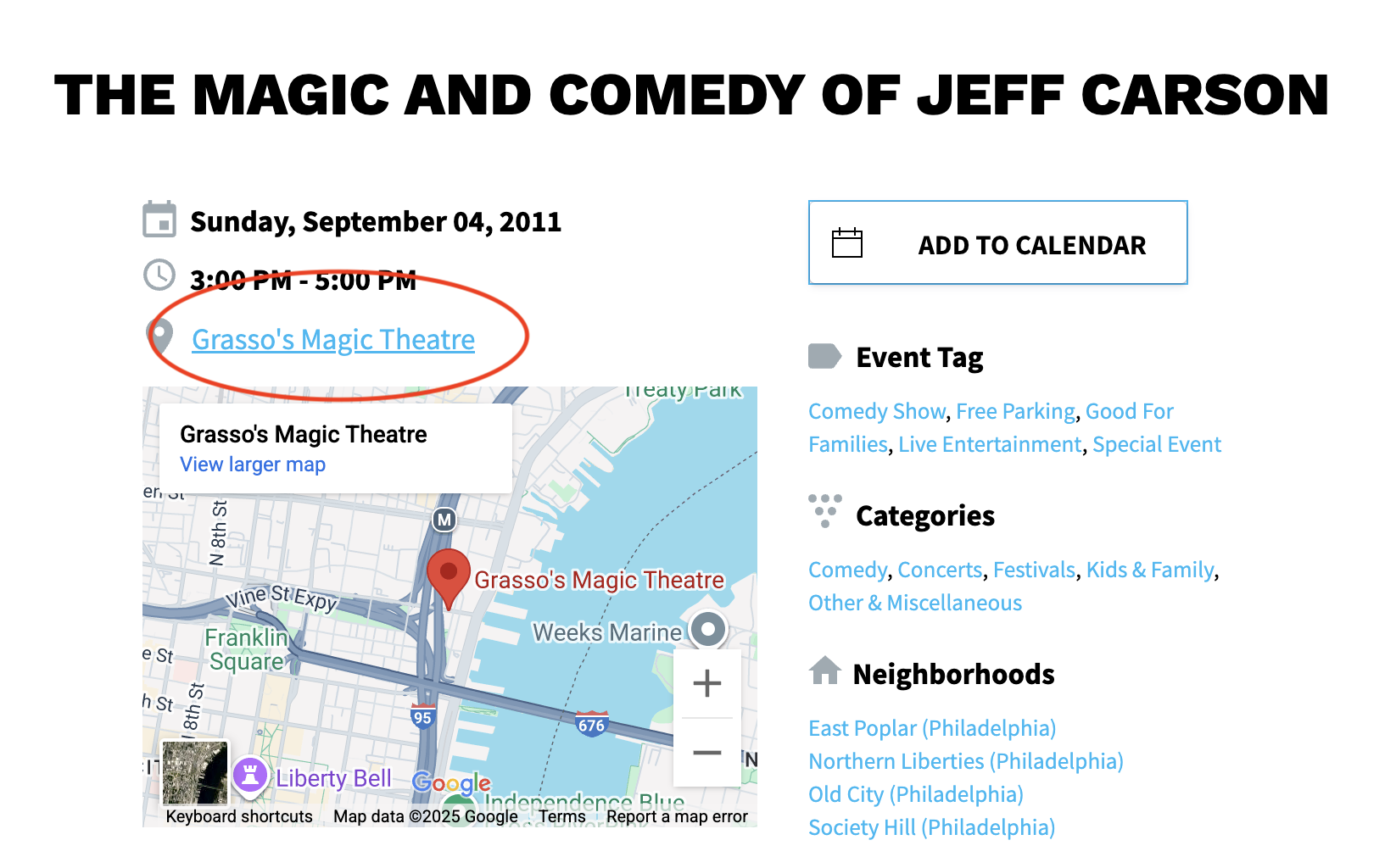Mailbag #150
/Thanks to everyone who took part in the Jerx Attic Sale this weekend. Everything sold out within a few minutes of the emails going out. I didn’t expect that. I assumed since it was going out to a limited mailing list, and that mailing list already had the opportunity to purchase most of these things recently, that things would stick around a little longer. That’s why I estimated they’d last about in hour in my final post before the break.
I often think of the group of supporters for this site as small, but passionate. I was remembering the “small” part but not considering the “but passionate” part when estimating how long the items would last. I’ll keep that in mind next time.
One other thing I learned from this is that email is not always immediate. Perhaps that should have dawned on me in the three decades of using it, but I genuinely had no clue. The announcement email was sent exactly at noon, but it looks like most people didn’t get it until a few minutes later. I don’t know why that happens, but if the delay cost you a shot at something, I’m sorry about that.
In the future, if I do another time-sensitive drop like this, I’ll send the email in advance and then just have the store go live at the designated time. That’s a better solution.
Can you explain Craig Petty to me? I dropped out of magic for about a decade and last I knew he was half of a product review show. Now he’s on youtube giving advice and lecturing how to do magic? What did I miss? Can you show me a single performance of his that is in any way worthy of emulating? I’m confused. And it seems now he’s started reading AI drafted copy on different subjects. Who watches this? —DE
For years now I’ve felt like people have been quietly urging me to make Craig Petty my nemesis. Sort of the way I went after Steve Brooks twenty-plus years ago on my first magic blog. But I think people misremember that blog a little. I wasn’t destroying Steve Brooks with my words. It was more like taking a Wiffle-ball bat to his doughy buttocks. Yes, it was meant to sting a little. But I didn’t care enough about Steve to want to “destroy” him.
My issue with him was the corny way he wielded his power back when running the Magic Café actually was a position of power. It was the most popular place for online magic discussion, but it was being strangled by bizarre moderation and a total lack of vision. Instead of improving the site as the internet evolved, they just kept adding new forums so they could cram more shitty banner ads between them.
Do you know how many forums the Magic Café has? Eighty. They’ve split the conversation into eighty different subsections, which means most of the forums have withered up and died completely.
Actually, I lied. It’s not eighty. It’s 160. My point being that they have twice as many as a number that already sounded ridiculous. Of those 160, there are only a few that are healthy and regularly active. Some haven’t been used in literally decades.
Steve used to say it was his site, his rules. Fair enough. But that also made him fair game for critique, because those “rules” were shaping what was, at the time, the central hub for the magic community.
Craig’s different. It’s easy to avoid his YouTube videos if you don’t like him or don’t think he has anything to offer. So there wouldn’t be a reason to go after him even if he did bother me. I do mention his content from time to time. Primarily as a springboard to talk about certain ideas, because what he says often highlights the difference between his expertise (professional performing) and my interest (social performing).
The original writer asked if I could “explain Craig Petty” to him. Why does he have a following? Because he has a great work ethic. He puts out new videos like clockwork. It’s not that people were clamoring to perform like Craig Petty so he had to start a YouTube channel. He started a YouTube channel and slowly built an audience who either agreed with his performance philosophy or got something from the videos.
You could do the same thing and build your own YouTube channel to a good niche audience of 1000 or so regular viewers if you posted daily for five years. You just won’t do it.
To be fair, I think my natural inclination would be to tease Craig more on this site—since he’s made himself such a well-known figure in the art. But I’m not sure that he’s someone who appreciates being teased. He seems a little on edge at times.
Which is fine. When I need someone to joke about, I always have Josh Jay. I know he doesn’t care. Which is why I can say things like I was going to in the introduction to this post when I said, “I often think of the group of supporters for this site as small, but passionate.” To which I was going to add, “Not to be confused with the way Joshua Jay describes his penis on Grindr: Small. Butt passionate.”
Regarding the post: The Power of the Narrative How
Another possibility for this observation.
There is a trick i have done a few times that involves a facetime call with someone where you “send them” an m&m through video call.
I have done it a few times to notice another thing that might be happening. I know there are a few of my friends that actually figured out the method… but even if they did, when we are out with other people that havent seen me do magic they would bring it up in terms of: “yeah this guy actually sent me an m&m through videocall !!!! “
So even if they had figured it out, they actually sound proud of having this cool story to “showoff” to other people.
I think thats another benefit of giving cool narratives. Its just more interesting for them to tell this cool story than to destroy it.—JFC
Yes, I’ve noticed this as well. In a more broader sense. My belief is that stories are stickier than methods. Methods are usually tied to the procedure the spectator goes through. And we know people don’t remember procedures very well.
“This guy told me a word I was just thinking of!” someone might tell a friend months after a performance. And you think, Well… not exactly. You wrote it down. I put it in my wallet. There were like nine steps in between. But those details vanish.
And that’s good news. If you give your trick a meaningful or imaginative story, six months later that’s what remains—the feeling and the narrative arc, not the sequence of moves that might remind them of the method. Even if they figured out a trick (or thought they figured it out) it’s likely that what lingers is the experience they had.
The story that played out was, “We travelled to a parallel universe.” Being a character in that fiction is much more memorable than: “He turned over two cards as one.” (For example.)
So even if someone is aware of both of these things, one is much more likely to remain with them over time than the other.
I’m not suggesting you be any less protective about the method. I’m just pointing out how important the story they experience is, to the point where even if the method does get exposed, there is still frequently something for them to hold onto in the experience. Something that will be around longer than the method. This is not true if your trick is solely about fooling them. If it’s just about fooling them, and they figure it out, there’s no memorable experience for them to look back on. Other than the memorable experience of figuring out your dumb trick.




